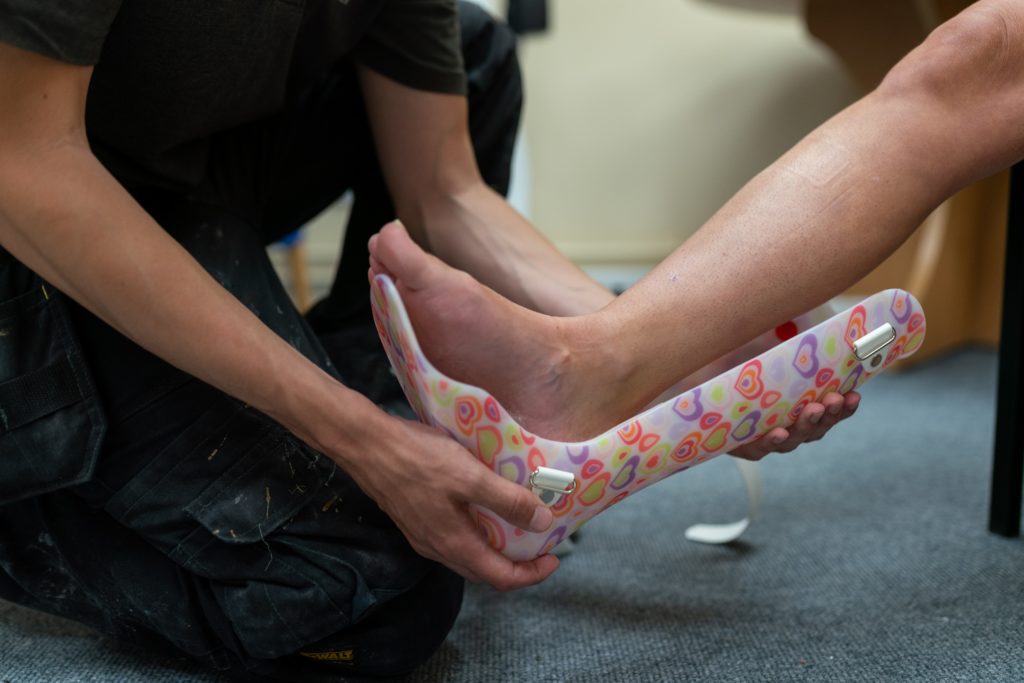An ankle sprain is one of the most common musculoskeletal injuries, most often undertreated or overtreated. With a yearly incidence of around 230,000 sprained ankles in Australia alone, this is an injury that all should be aware of.
Ankle sprains account for up to 40% of all sports-related injuries. It is commonly seen in young athletes participating in basketball, soccer, football, running, and dance. It can also occur even while walking or exercising on an uneven surface. A twisted ankle is also expected after a fall.
Ankle Sprain Symptoms
Ankle sprain symptoms can be quite similar to strains. However, there is some important distinction between the two. Both involve localized pain, swelling, and instability, but the location and the level of pain may differ depending on whether a muscle or ligament is twisted.
A sprained ankle is painful. Other symptoms may include:
Swelling
In case a deltoid ligament sprain occurs, the inside of the ankle may be noticeably swollen. Swelling may also occur on the outside if one or more ligaments are sprained.
Bruising
In addition to the swelling, you may notice the appearance of bluish, reddish, or purplish skin discolouration over the sprain site. Bruising is an indication that a ligament has been torn, and blood is rushing to the site of the sprain.
Limited ability to move the ankle
In more severe sprains, you may not be able to bend, turn, or flex the injured foot. Weight-bearing activities such as walking or standing for long periods may become difficult or impossible.
Popping sound or sensation
When the injury occurs, you may hear or feel a “pop” sound. It indicates that a ligament is stretched or torn.
Intense level of pain during the time of the trauma
A severe sprain is when one or more ligaments are partially or completely torn. When it happens, the pain is sudden and severe enough to make you stop what you are doing and become immobile.
What Does a Sprained Ankle Look Like?
When assessing an ankle sprain, check the Colour, Sensation, and Movement (CSM) around the ankle and foot. Doing so will give you an idea of how bad the injury is.
Colour – Look for discolouration around the ankle and check for any bruises. Loss of colour in the foot or turning pale white around the toe area could indicate a circulation problem.
Sensation – Observe yourself. If you cannot feel any sensation in your toe or foot, you may have a sprained ankle.
Movement – A sprained ankle will not allow you to do any movement you easily did before.
Ankle Sprain First Aid
Most sprains are considered minor injuries, which can be treated with home remedies like ice application and getting enough rest. However, if the injury becomes very swollen and painful to walk on, it is best to see your doctor.
For soft tissue injuries, we recommend doing the RICE method. The RICE method is a first-aid procedure that will help you reduce the pain and swelling around the injury site.
R – Rest
I – Ice the injury
C- Compression bandage application around the injury site
E – Elevate the injury
If you are in severe pain or unable to drive the car to the nearest emergency room, call triple zero (000) for assistance. It is the best form of transport for injuries involving the lower back or neck to avoid stress and further complications.
Without proper treatment, a sprained ankle can become more prone to injury. Repeated ankle sprains can lead to permanent and long-term problems such as arthritis, ongoing instability, and chronic pain around the ankle.
Learn the practical skills you need to help save a life. Book your training with First Aid Course Melbourne.








